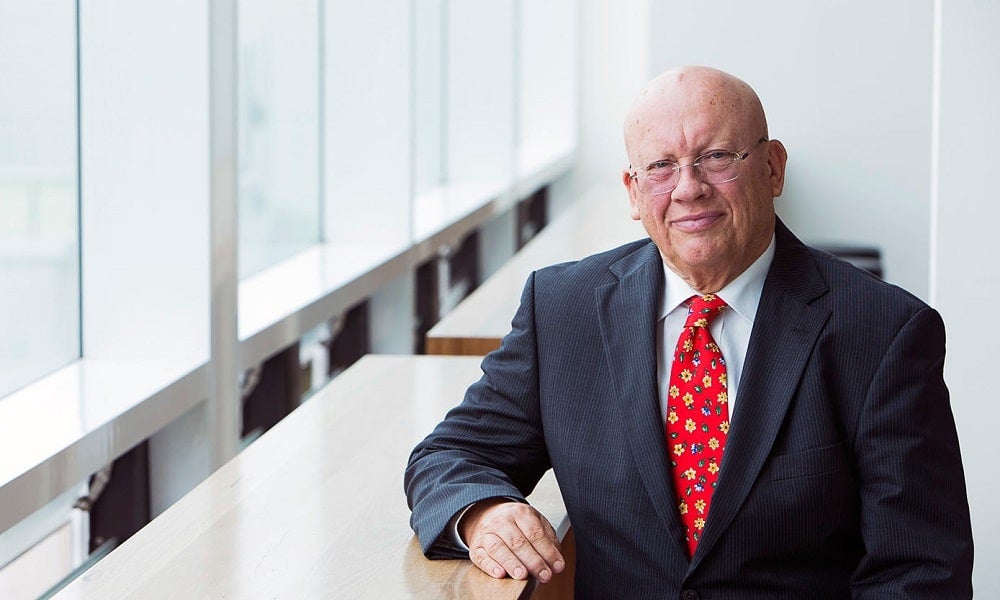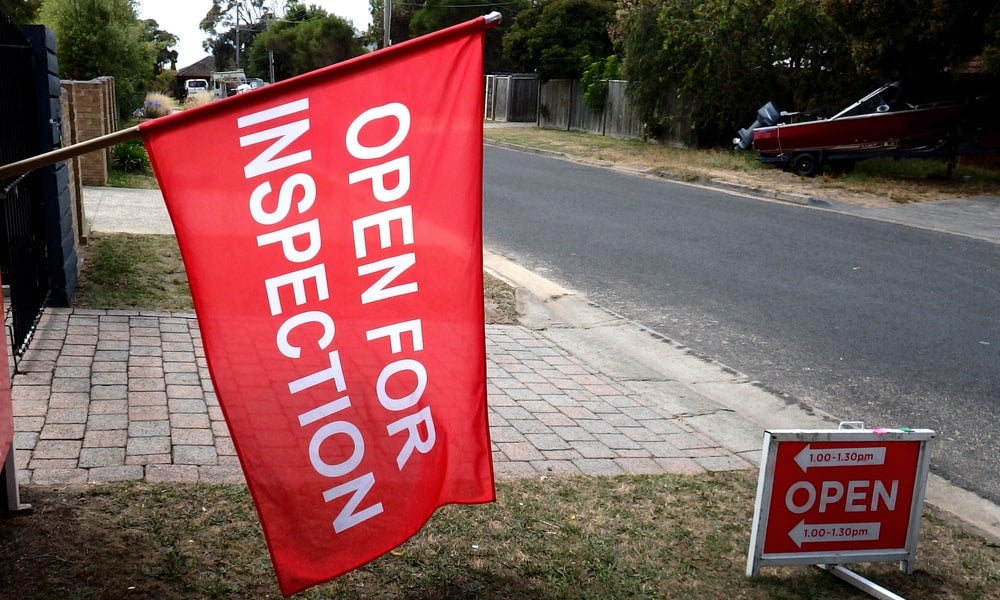Rising interest rates and inflation: signs of economic pain to come?
The decision by the Reserve Bank of Australia to increase interest rates is designed to put the brakes on inflation and reduce pressure in Australia’s housing market
After years of declining interest rates to a record low of 0.1 per cent, the decision by the Reserve Bank of Australia (RBA) to increase interest rates by 25-basis-points will have a significant cooling effect on parts of Australia’s economy.
The interest rate increase, which takes the cash rate target to 0.35 per cent, is designed to ease inflationary pressures, according to Reserve Bank Governor Philip Lowe. Inflation has been surging in many economies around the world, including Australia.
The Consumer Price Index (CPI), for example, rose 2.1 per cent this quarter and over the twelve months to the March 2022 quarter, the CPI rose 5.1 per cent. The most significant price rises were new dwelling purchases by owner-occupiers (5.7 per cent increase) and automotive fuel (11 per cent increase).

Why is rising inflation linked to a rise in interest rates?
Interest rates are the main tool used by central banks to manage the rates of inflation. In layman’s terms, raising interest rates makes borrowing money more expensive, but it can also lead to more returns on savings and super (which earn interest on growth). When borrowing becomes expensive, this can also mean less demand for goods and services.
ANZ was the first of the big four banks to predict the increase in interest rates, deeming the current official cash rate of 0.1 per cent “inappropriate” considering current “inflation pressures”.
While the CPI has risen 5.1 per cent over the past 12 months to March, Peter Swan, a Professor in the School of Banking and Finance at UNSW Business School, said this is still lower than both the US and the UK.
“The rapidly rising rate of inflation is in part a response to the Reserve Bank of Australia policy of an effectively zero interest rate that is stimulating demand. To cut back demand, the RBA will raise the cash rate from effectively zero in a series of steps. The current rate of inflation at 5.1 per cent is the highest for over 20 years but I believe it will get far worse,” he said.
Read more: Why should financial regulators worry about exorbitant house prices?
Why are interest rates being raised?
The fundamental cause of increased interest rates are the excess stimulus payments of about $1 trillion (all from borrowing) and the RBA’s quantitative easing, according to Prof. Swan. “The latter means printing money to buy Commonwealth securities, for example, bonds to force the price up and hence the yield down to about zero,” he said.
“When interest rates start going up in a series of steps, the value of these bonds will fall causing sizeable ‘paper’ losses. But the RBA is unlikely to realise these substantial losses by selling bonds.”
While the Government blames the war in Ukraine for the global shortage of energy (particularly fossil fuel energy), Prof. Swan said the steps leading to this shortage commenced well before the Russia-Ukraine war.
“This was due to the demise of Donald Trump’s energy policies under Biden as the US has gone from an energy-rich to an energy-poor nation. In Australia, state bans on gas exploration and fracking and the Commonwealth’s energy policy have exacerbated this in Australia,” he said.

A reluctance to raise interest rates
The RBA should never have forced rates down to a historically low level, according to Prof. Swan, who said it has been reluctant to raise rates due to past statements about low rates remaining in place. While interest rate rises prior to the election are unlikely to exacerbate pain points, Prof. Swan said they will remind voters that rates will continue to rise for some time.
And voters with housing debts are most likely to feel the pain. “Many home buyers paying record prices for properties may have limited capacity to withstand high-interest rates with their repayments. Recall that in the ‘recession we had to have’ in the early nineties in Australia (as then-Treasurer Paul Keating termed it), official rates peaked at 17.5 per cent. Hopefully, these exceedingly high rates will not return,” he said.
Prof. Swan explained yesterday’s decision by the RBA to raise the rate by 25 basis points signals the bank is likely to raise interest rates in the future by more sizeable increments, and thus faster than many economists had anticipated.
“If the inflation rate rises, as it is likely to do, then the current interest rate of only 0.35 per cent is not only significantly negative in real terms, but will be seen to be far too low. I conclude that the RBA has been concerned to not raise the rate to realistic levels while the election is in full swing,” he said.
